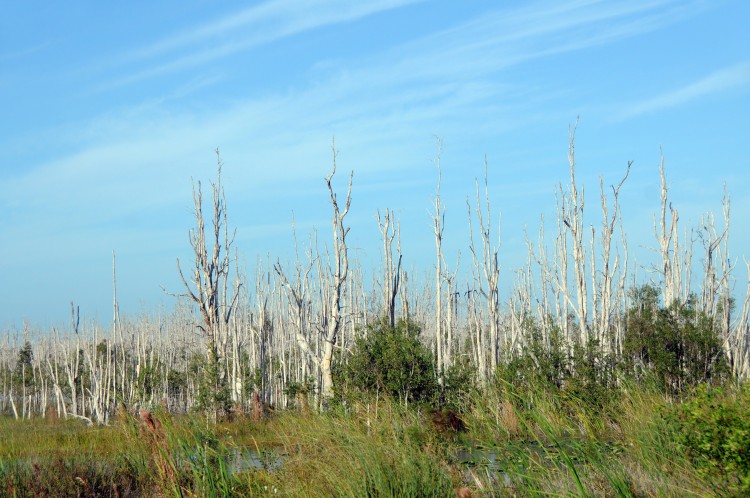Objective
This exemplar aims to identify and communicate areas and management solutions that synergistically support biodiversity conservation and climate change mitigation, as well as the growing demand to feed an increasing global population, using the ecosystem services concept.
Description
Biodiversity conservation, climate change mitigation, as well as a pressing need to feed a growing global population leads to strong competition for the limited space provided on Earth. Policies that serve only one of these fundamental goals of global land management, can threaten the other goals. Identifying areas and management options to combine the multiple goals could help decision makers to support policies to reduce the risk of negative side-effects.
This exemplar developed an online application that allows spatial and temporal queries on the provisioning and value of ecosystem services under policy scenarios related to the pressures
Case Study Location
Global+Regional ( Scotland; Cirum-Mediterranean),
Location Description
The exemplar operates on different scales.
Global land use and ecosystem models are used to identify areas of potential synergetic implementation of biodiversity conservation or climate mitigation and adaptation.
Similar goals are followed in two regions including in Scotland and a circum-Mediterranean case study.
Scale
Global, Sub-continental, National, Subnational
Stakeholders
This exemplar targeted decision makers within the United Nations Framework – Convention on Climate Change (UNFCCC) and the Convention on Biological Diversity (CBD) at different levels:
- European Commission (DG Environment, DG Climate and DG Research), Intergovernmental Platform on Biodiversity & Ecosystem Services (IPBES).
- National representatives within CBD and UNFCCC.
- International non-governmental organisation promoting synergetic policy implementation.
- Regional stakeholders for the regional case studies.
Methods and Tools used in the case study
The underlying data originates from global estimates of ecosystem services based on global modelling and regional case studies. The global ecosystem service estimates are based on the well-established ecosystem models LPJmL and LPJ-GUESS in combination with the land use model CLUMondo. The smaller scale case studies include Scotland and a circum-Mediterranean area, where a number of additional methods will support similar information.
Key Findings
- Stakeholders have indicated their interest in scenarios that translate the global pressures (e.g. climate change) in transformations of landscapes, for instance due to bioenergy plantations. Furthermore, they are interested in estimates of the robustness and vulnerability of ecosystems.
- An easy to use tool that visualizes ecosystem services at different scales and for multiple policy scenarios can help policy decision processes. It can contribute to the unification of biodiversity protection and climate change mitigation communities and can facilitate the identification of multiple goal solutions.
Success Factors
- The sharing of information and knowledge products through the engagement of multiple partners.
- The ‘Our Ecosystem’ online tool – provides a good umbrella for global and regional assessments within the global exemplar.
Key Challenges
Model limitations
Scale issue
Regional challenges and potential solutions are highly divers
Lessons Learned
Stakeholders should use the tools developed in OPERAS because of their strengths compared to other available resources. From the Userboard meeting 2014 it became clear that these strengths need to be identified and pointed out by the global exemplar.
Links
Open source procedures for model coupling: http://github.com/rsachse/luess
Our Ecosystem tool: http://operas-global.ourecosystem.com
Blog Studies:
Other Partners
Ariane Walz (University of Potsdam)
René Sachse (University of Potsdam)
Peter Verburg (Institute for Environmental Studies, VU University Amsterdam)
Astrid van Teeffelen (Institute for Environmental Studies, VU University Amsterdam)
Almut Arneth (Karlsruhe Institute of Technology)
Anita Bayer (Karlsruhe Institute of Technology)
Bruno Locatelli (The Centre for International Forestry Research)
Claire Brown (UNEP World Conservation Monitoring Centre)
Lisa Ingwall-King (UNEP - World Conservation Monitoring Centre)
James Paterson (University of Edinburgh)
Karin Viergever (Ecometrica)
Rob Tinch (IODINE)
Cindy Schoumacher (IODINE)
Project Lead Contact details
Ariane Walz
Institute of Earth and Environmental Science

